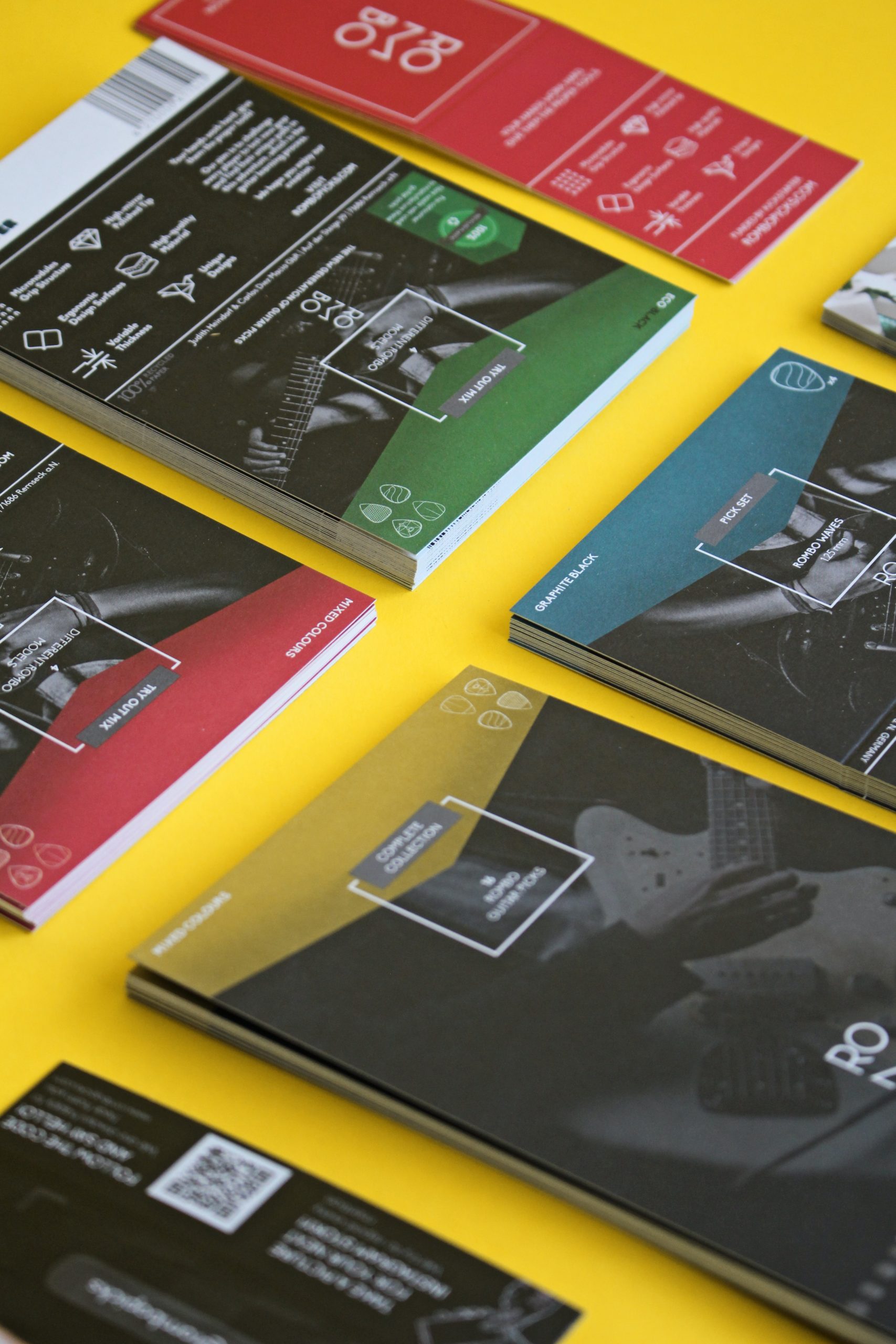Despite its small size and routine presence in the workplace, the business card occupies a large space in people’s minds. Measuring only two by three and a half inches, business cards are often the subject of strong opinions. People analyze the quality or importance of a business card, or more likely, what that card says about the person who left it behind. Business experts debate the etiquette involved in leaving a business card, the design of the card, and even what critical information should or should not be included. Some malign them as out of date while others praise them as timeless stalwarts of sales and marketing.
Still a Must-have for Business.
No matter what you think about their value, one thing seems clear to those of us who print for a living: business cards remain a popular and important part of doing business. For some it is a traditional part of business stationery. For others it is a practical and reliable way to transmit contact information when digital options are not available. If you meet someone at a trade show, they may not want to give up their email address or phone number. If you send someone a sample product or other printed materials, the business card acts like a gift tag on a birthday gift–its an identifier. Sales reps, in particular, still count on the business card to perform many functions.
Keep it Simple, Keep it Real.
Here is the thing with business cards: their central job is to provide essential contact information. All you really need is a name, company name, address, phone number, email and web address. You do not need to list all your business capabilities. You do not actually need to cram all your social media logos and handles into that small space. Remember, the card does not take the place of brochures, websites, and sales calls. It tells someone who you are, the company you represent and how you can be reached.
Watch Your Back
But if you insist on providing extra information, here is a pro tip: the back of the card doubles the area you can use and it keeps your contact info uncluttered. Want product images or capabilities on your card? On the back. Do you like motivational phrases? On the back. All those social media handles? Same. You get the point. The back of the card doubles the printable real estate if you feel you need to provide more than simple contact information.
Budget Accordingly: Save…
You can save your print budget for capability brochures. Use standard white cover stock, 100# is a good weight. In the era of digital printing you can also inexpensively produce multiple versions of your card in lesser quantities. Not comfortable giving your cell phone to every sales rep who calls on you? Print a cell phone version and a business phone version. Use different images/color schemes on the back of your cards t0 appeal to different market segments.
…Or Splurge.
As printers, we appreciate the cool factor that accompanies specialty finishing options like foil stamping, spot UV coating, and embossing. If you deal in luxury products, those processes might be worth the investment on a business card. If your line of work is not high end, theses more expensive processes might best be saved for more impactful pieces like pocket folders, brochures and signage.
Its Your Call…
In the end, you can get a lot of bang for your business card buck by using some of the tips in this post. Ten and twenty years ago, we printed a lot more letterhead and envelopes than we do now. And while markets have expanded, the processes have changed and our equipment has evolved and improved, one thing has not yet changed: the business card remains as popular today as it was before.

